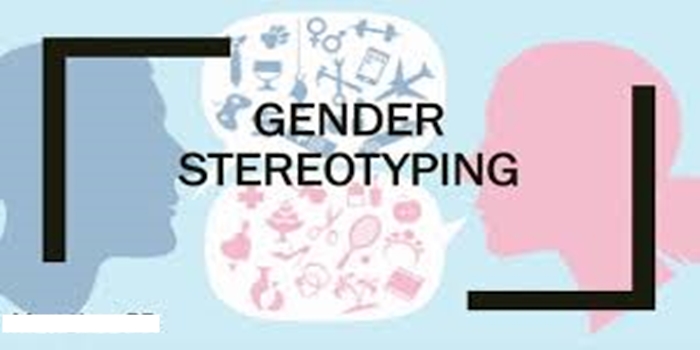In this article, we discussed the meaning of stereotyping, the examples, the types, furthermore, we also talked about the effect.
Definition
Stereotypes are characteristics that society impulsively attributes to groups of people to classify them according to age, weight, occupation, skin color, gender, etc. Sexual stereotyping involves associating girls and boys with separate and, at times, opposing sets of characteristics.
A stereotype, simply put, is a generalized belief about a group of people. It is the expectation that all members of a given group will act the same way or have similar traits.
Here are some examples of stereotypes:
Gender stereotypes
Stereotypes about girls and boys, such as girls being emotional and gentle, or good at dancing, cooking, and painting.
Age stereotypes
Stereotypes about older and younger people, such as older people being technologically inept, or younger people being entitled and lacking in work ethic.
Racial stereotypes
Stereotypes about people of different races or ethnic backgrounds, such as assuming that all Asians are good at math, or that all African Americans are athletic.
Cultural stereotypes
Stereotypes about people from different cultures, such as assuming that every British person loves tea, or that an Italian person is very expressive and sociable.
Character stereotypes
Stereotypical characters, such as a rock star, a rich socialite, a clumsy waiter, a noisy neighbor, a military officer, a stern teacher, or a brave hero.
There are several types of stereotypes, including:
Implicit stereotypes
These are stereotyping that people hold without consciously thinking about them. They can be difficult to identify, and people may not even recognize them as stereotypes. For example, someone might believe that their racial group is superior to others.
Racial stereotypes
These are stereotypes about the characteristics of a particular race. They can lead to bias and discrimination.
Religious stereotypes
These are stereotypes based on a person’s perceived religion or faith. For example, someone might believe that all Muslims are terrorists.
Age stereotypes
These are stereotypes based on a person’s perceived age. For example, someone might believe that older people are technologically inept.
Behavioral stereotypes
These are stereotypes about a person’s behavior. For example, someone might believe that employers are biased toward married women.
Ambivalent stereotypes
These are stereotypes that combine positive and negative characteristics. For example, someone might believe that poor people are incompetent but warm, while rich people are competent but cold.
Stereotypes can have many negative effects, including:
Discrimination: Stereotypes can lead to discrimination and oppression in many forms, such as racism, sexism, homophobia, and transphobia.
Low morale: Stereotypes can cause low morale and a toxic work environment. Employees may lose motivation and interest in their jobs.
Perceived discrimination: Stereotypes can lead to perceived discrimination, which can negatively impact performance on tests.
Self-fulfilling prophecies: Stereotypes can become self-fulfilling prophecies, where certain characteristics can negatively impact a person’s performance and self-image.
Microaggressions: Stereotypes can lead to microaggressions.
Unfair treatment: Stereotypes can lead to misunderstandings and unfair treatment.
Damaged self-confidence: Stereotypes can erode trust and self-confidence.
Increased stress: Stereotypes can lead to heightened stress and anxiety.
Cognitive overload: Stereotypes can lead to cognitive overload, which can divert mental resources away from performance.
Damaged relationships: Stereotypes can damage relationships.
Positive stereotypes can have some positive effects, including:
Improved performance: Positive stereotypes can improve performance by reducing anxiety, increasing expectations, and improving neural processing efficiency. For example, Asian-Americans who were led to think about the stereotype that Asians are good at math performed better on a math test.
Positive behavior: Positive stereotypes can lead to positive behavior.
Increased liking of the out-group: Positive stereotypes can lead to increased liking of the out-group category.
Stereotypes can be:
Inaccurate: Stereotypes are not always accurate
Unconscious: Stereotypes are “short cuts” that help people make decisions more easily and quickly
Limiting: Stereotypes can impose limitations on people, assign them roles that are not necessarily suited to them, and make it harder for them to be their true selves
Legitimizing: Stereotypes can legitimize hostility against a whole social group
Ingrained: Stereotypes are ingrained in culture and people begin learning them during childhood.
Conclusion
Stereotypes are characteristics that society unconsciously attributes to groups of people to classify them according to age, weight, occupation, skin color, gender, etc. Sexual stereotyping involves associating girls and boys with separate and, at times, opposing sets of characteristics.


